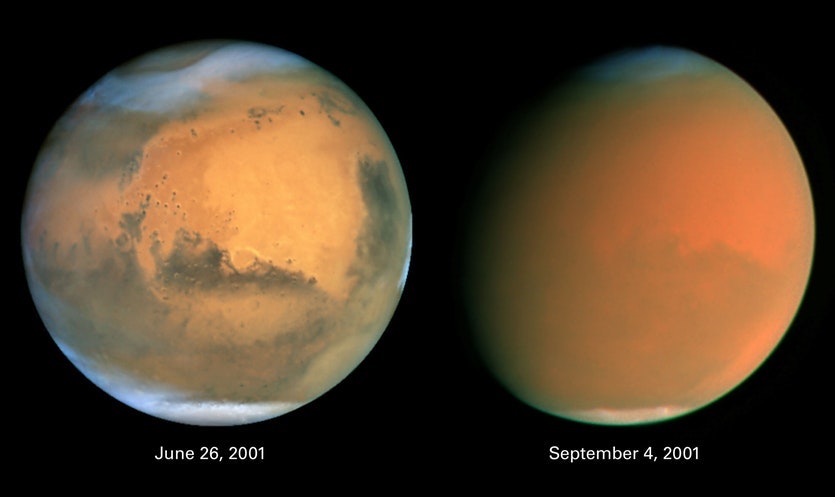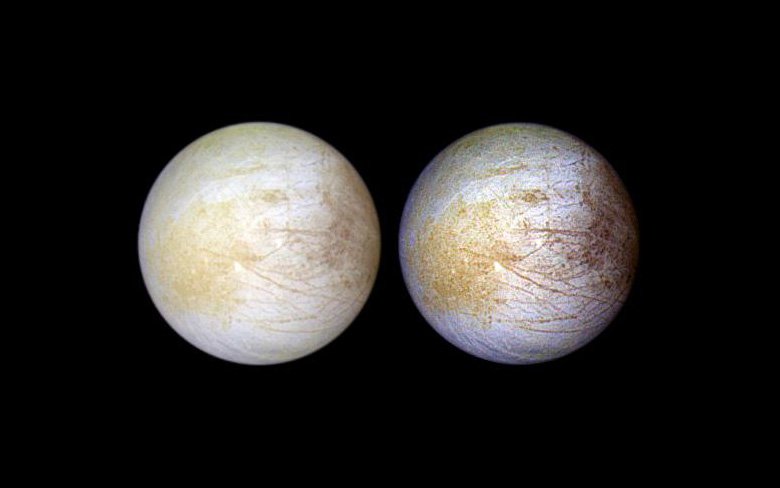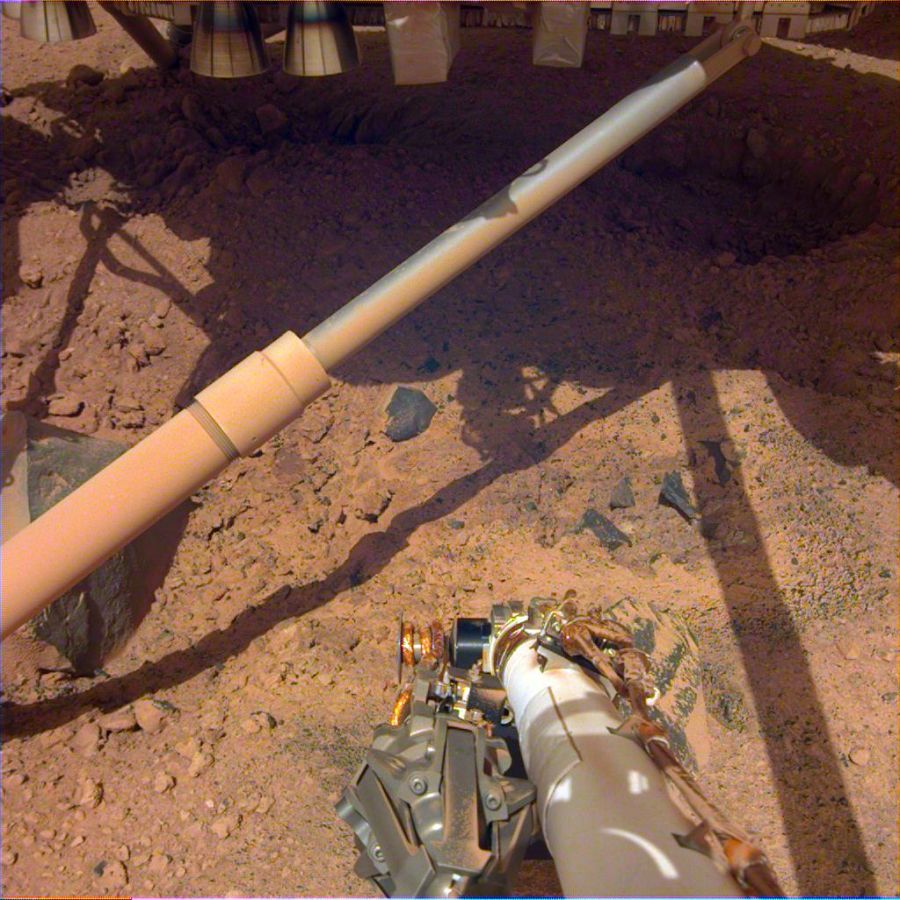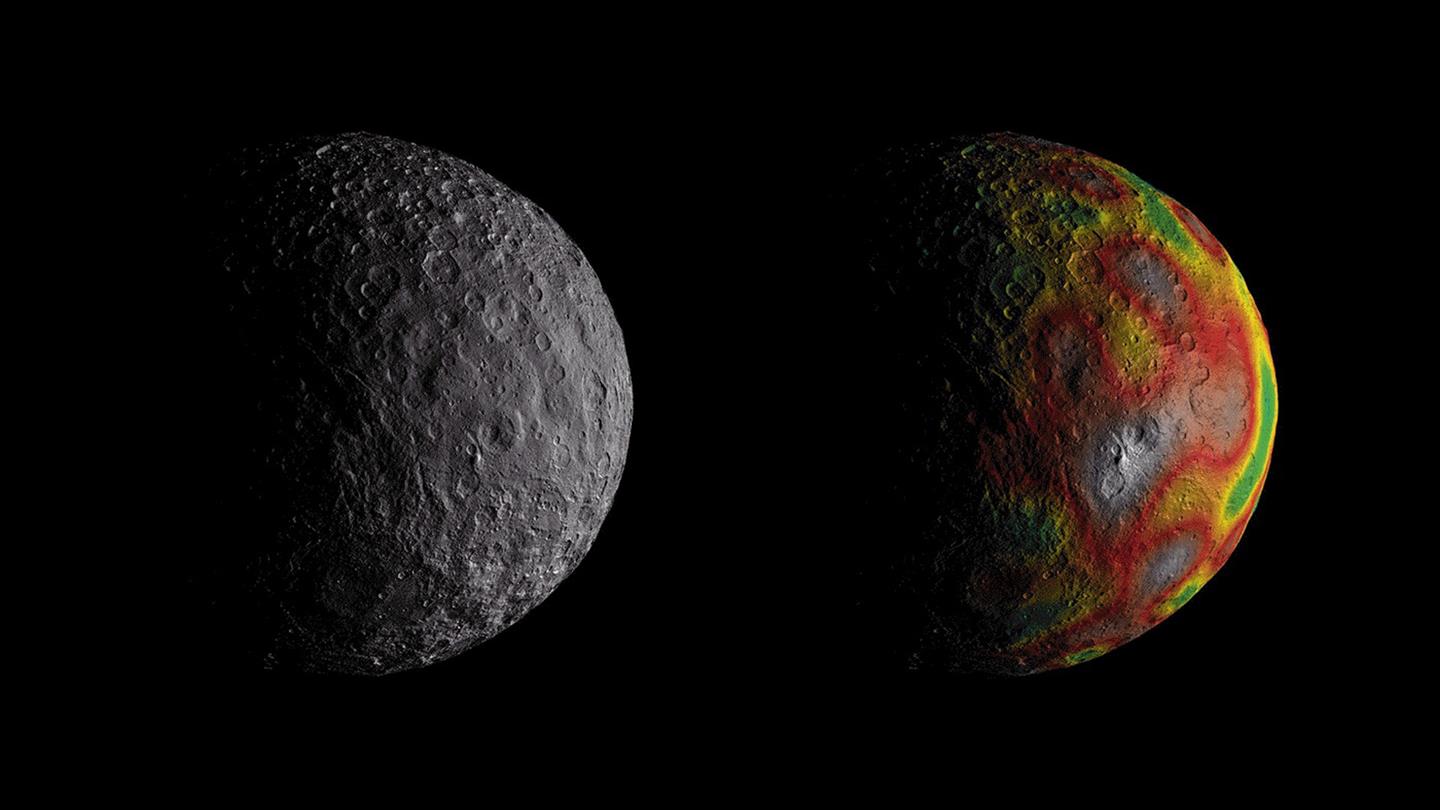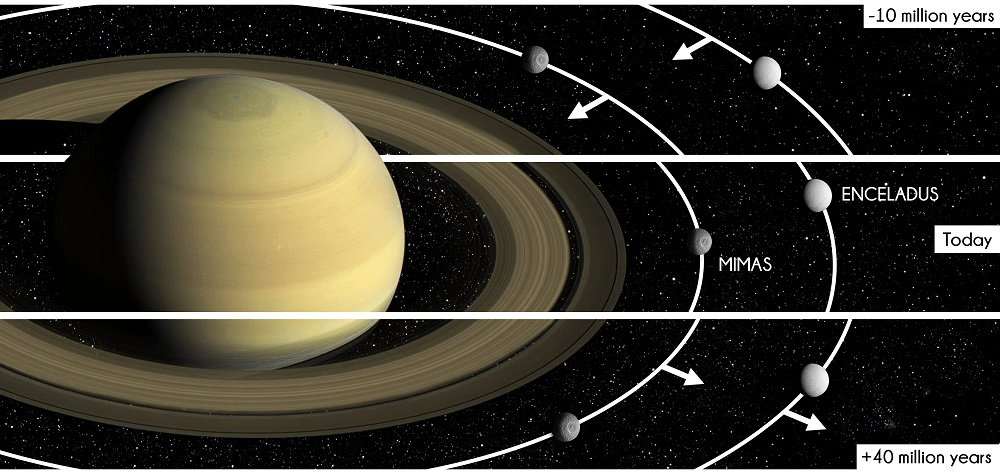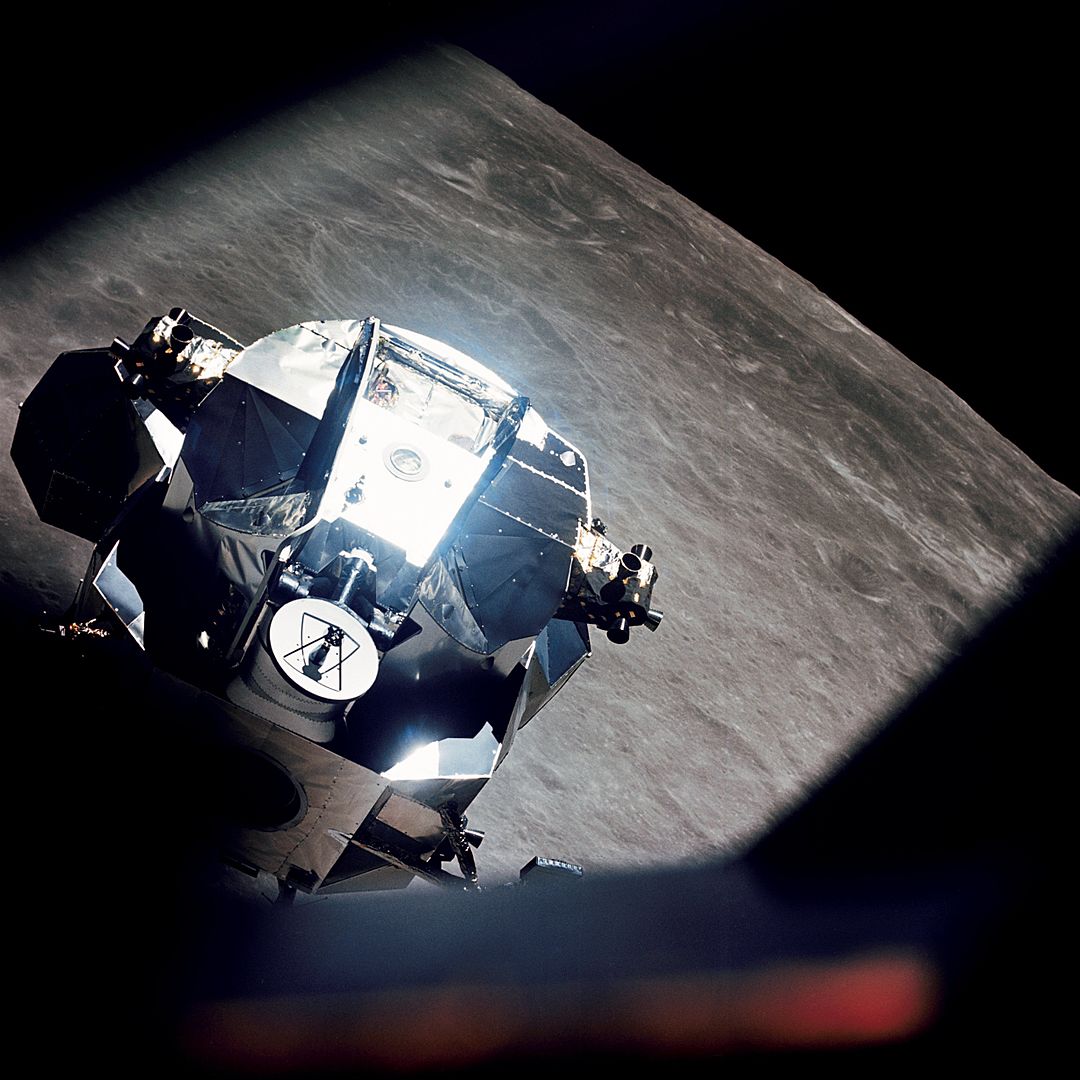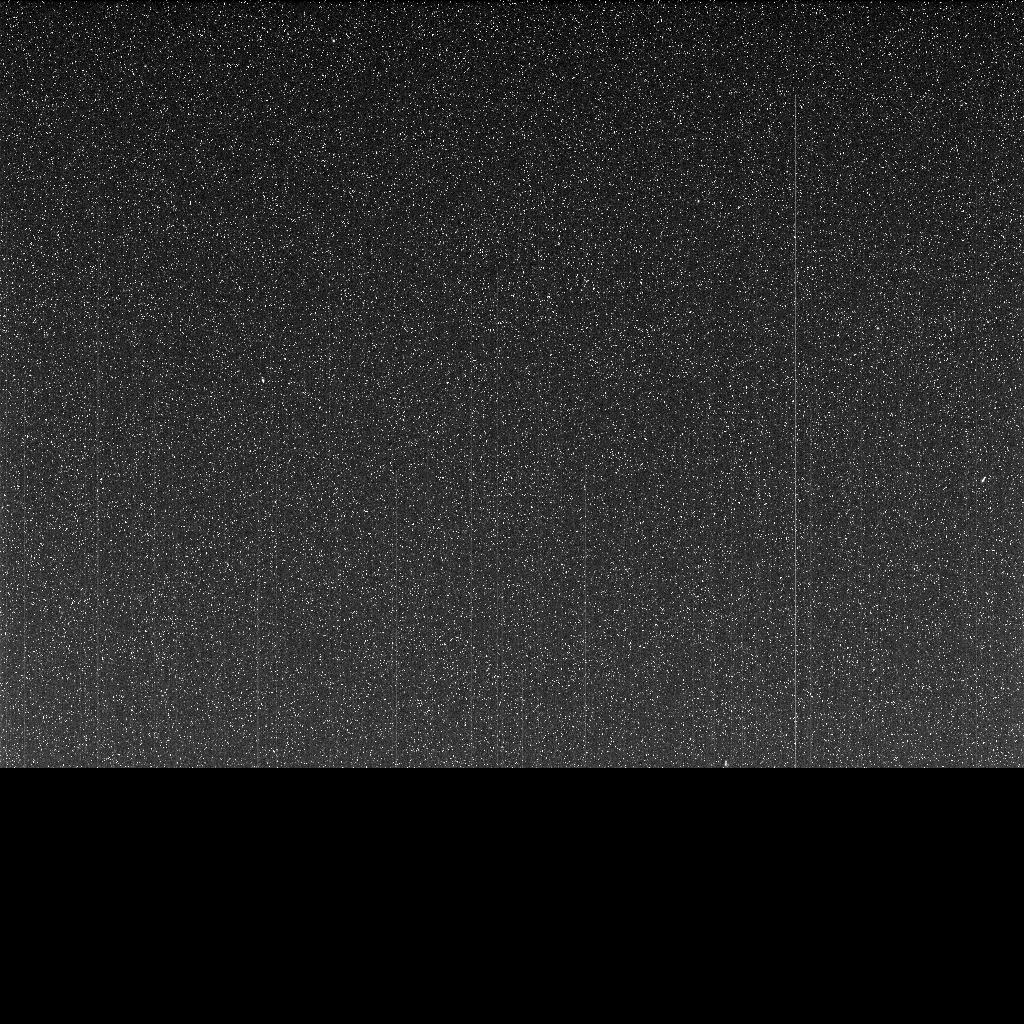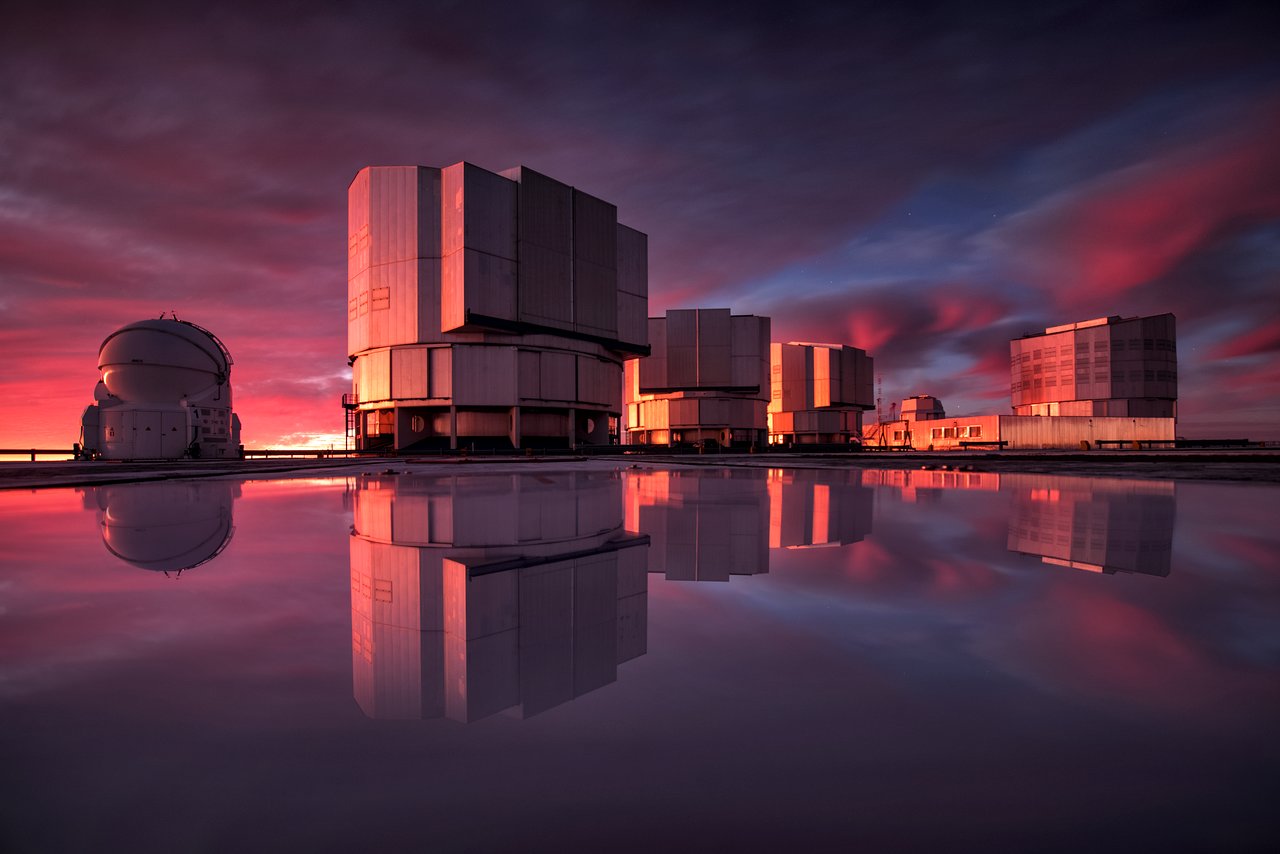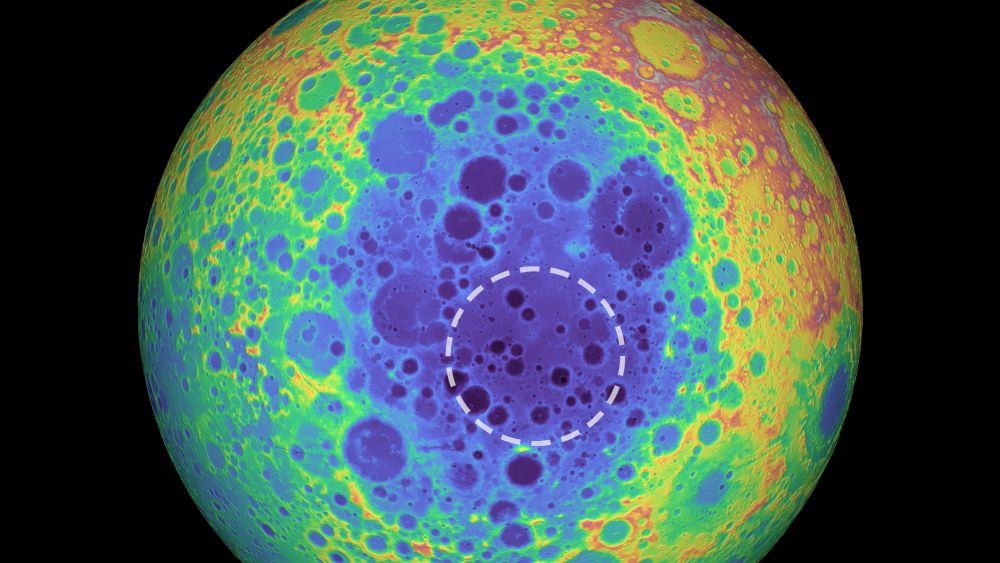To say there are some myths circulating about Martian dust storms would be an understatement. Mars is known for its globe-encircling dust storms, the likes of which are seen nowhere else. Science fiction writers and Hollywood movies often make the dust storms out to be more dangerous than they really are. In “The Martian,” a powerful dust storm destroys equipment, strands Matt Damon on Mars, and forces him into a brutal struggle for survival.
Continue reading “Earth has a Water Cycle. Mars has a Dust Cycle”Earth has a Water Cycle. Mars has a Dust Cycle
